|
Mesa Arch frames the rugged sandstone landscape in Canyonlands National Park I left Arches early on Sunday morning to head to nearby Canyonlands National Park. I entered the park from the north in the "Island in the Sky" district, which is how, I believe, most people view Canyonlands—from above, looking over the landscape's cavernous rifts. To say the area is vast would be too obvious. Words and pictures fail to capture its scope, which invoked a sense of both wonder and frustration. My eyes could not open wide enough to consume the whole of it. Still, there was a desire to draw closer, to descend its water-worn walls, to feel the timelessness more intimately. To access the canyon floor would require a 2–6 hour drive—depending on where you're heading—through the east entrance of the park. I did not have the time for that, so I had to settle for a couple of short 1–2 miles hikes above the rim and a promise to the land: "I'm not done with you," I whispered as I drove away in the early afternoon. The official line is that water and time carved this epic ditch in the earth. I think it looks like God took an ax and split the earth open. I arrived in Capitol Reef National Park in the evening hours when the sun paints the red rock walls with its orange-hued light before retiring for the day. It was a lovely welcome. Capitol Reef stretches nearly 100 miles from north to south along the geologic formation called the Waterpocket Fold. It's basically a lift—or monocline—in the rock layers of the earth's crust that occurred during a "big event" 50-70 million years ago. An ancient fault lifted rock layers on the west side more than 7,000 feet above the rock layers on the east side. Over the millions of years that followed, ongoing erosion carved and crafted its novel and colorful formations and canyons. "Follow the light" On the road into Capitol Reef National Park While the park runs north-south, the only highway that enters the park runs east-west. The park's scenic northern and southern districts can only be reached via dirt roads that require high-clearance, four-wheel-drive vehicles. I had one full day at the park. The allure of being in a place that so few people visit enchanted me, so I arranged for a guide to take me, via a suped-up Jeep, to the Cathedral District in the north end of the park. My guide was a friendly young man, perhaps in his late 20s. A Utah native, his heart and love for his home state was evident. He worked for the park service as a guide most of the year. During the offseason, he lived simply, often on nearby BLM (Bureau of Land Management) land camping out of his truck. We turned off the highway onto a sandy path that led to the wind- and rain-chiseled sandstone cliffs that reminded early settlers of the flying buttresses of gothic cathedrals. My guide snapped this picture of me as we explored the "Temples of the Sun and Moon" What struck me, beyond the alien formations of the land, was the silence. City-living is a cacophony of noise. You can't escape it. But here, with the car engine off, without wind, animals, or movement, and void of the rhythms of life's sundry sounds, there was a marvelous stillness. My deafened ears grasped for a note to reassure me that my sense of hearing was still functional. In this kind of deep silence, you become aware of an otherness—that thinly veiled something that is always there, but we are unable to grasp in the commotion of life's comings and goings. It is the sense of infinitude, the everlasting and boundlessness of life that sits just beneath the surface of our everyday experiences. "Am I still on planet earth?" My guide explained the differences in rock layers—basalt, sandstone, shale—and I nodded my head like I understood what he was talking about. We traversed the wild landscape for six hours, and since it was just the two of us, the conversation spanned the whole spectrum of topics. We reviewed our favorite movies and shared religious philosophies while touching dinosaur bones and ancient lava flows. When I retired to my room for the night, I felt a bit of melancholy. It was the eve of the final day of my 40-day adventure. The next night, I would return to the bright lights and swirling sounds of civilization. But before I got there, I had one last stop to make— Bryce Canyon. A look down at the "flying buttresses" of the Cathedral Valley, a place where the silence is numinous.
0 Comments
Leave a Reply. |
AuthorA WRITER AND TRAVELER KEEPING THE FAITH IN LOS ANGELES Subjects
All
Archives
August 2022
© 2022
|
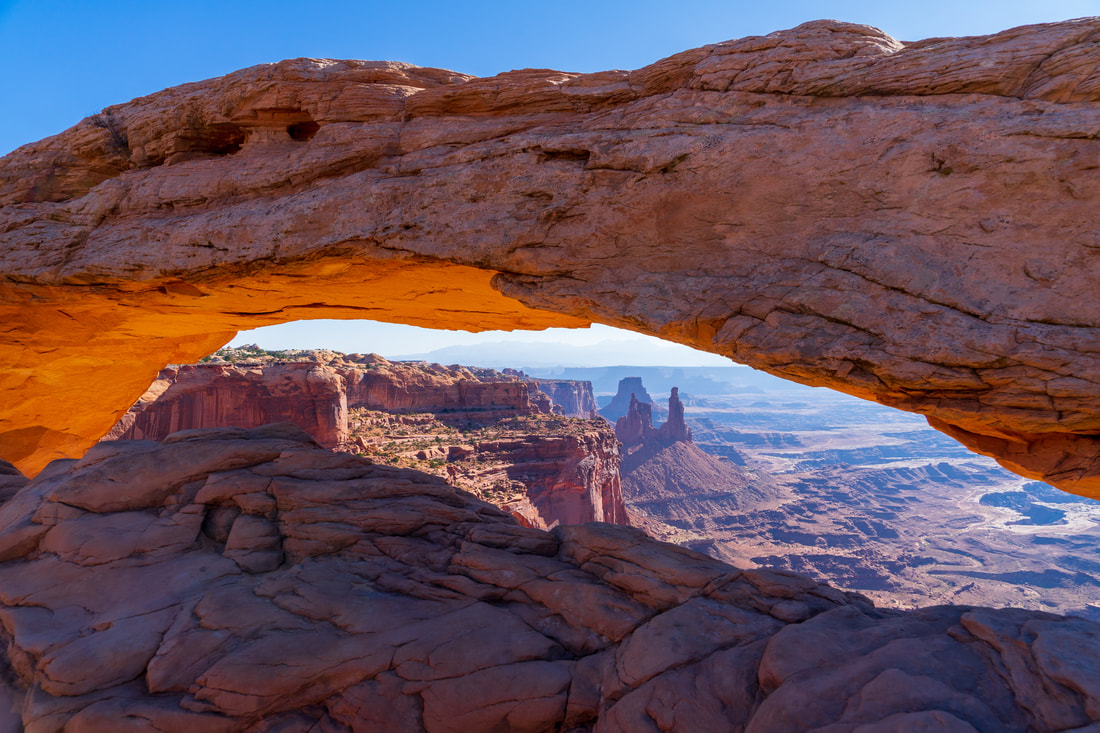
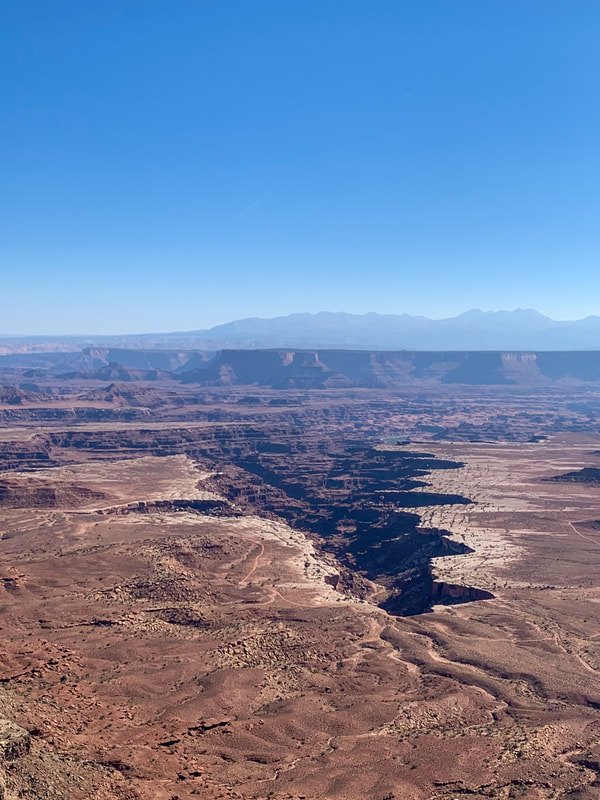
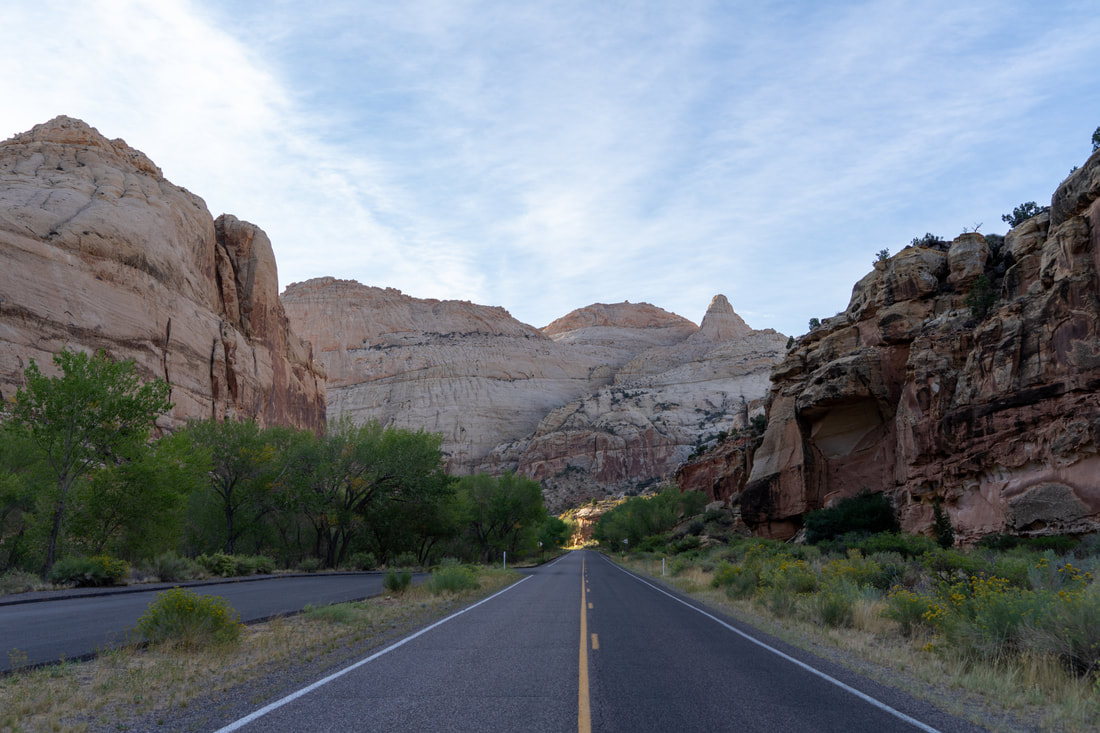
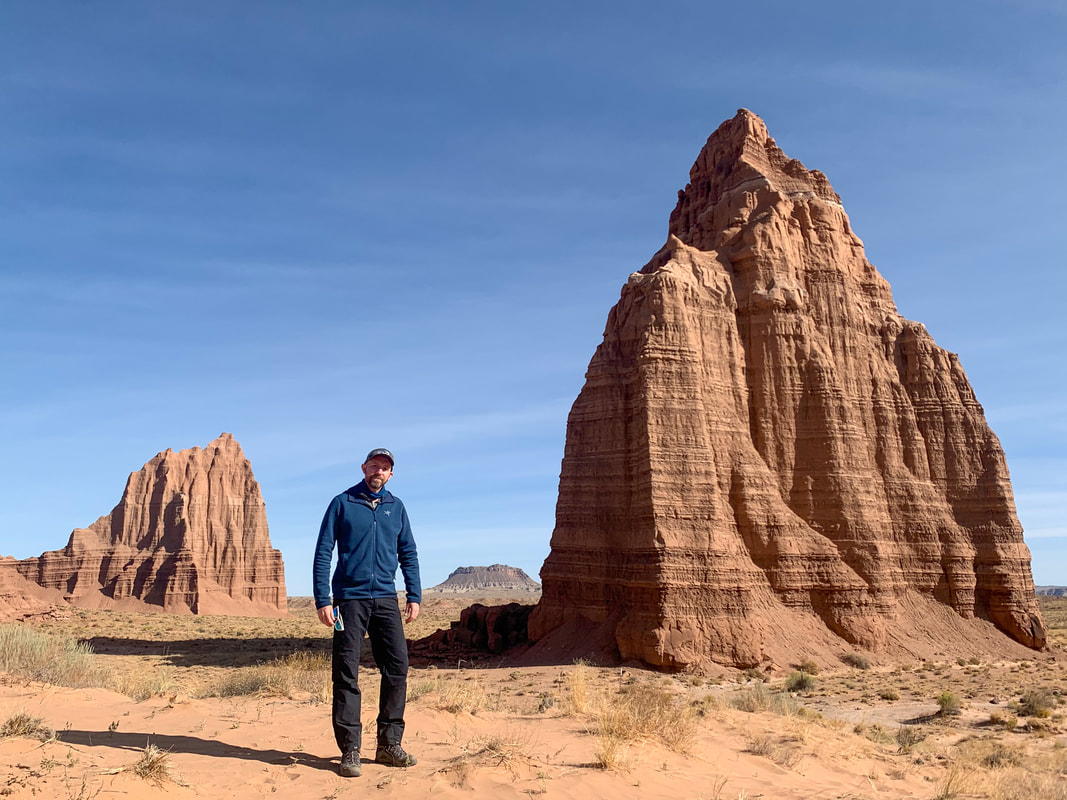
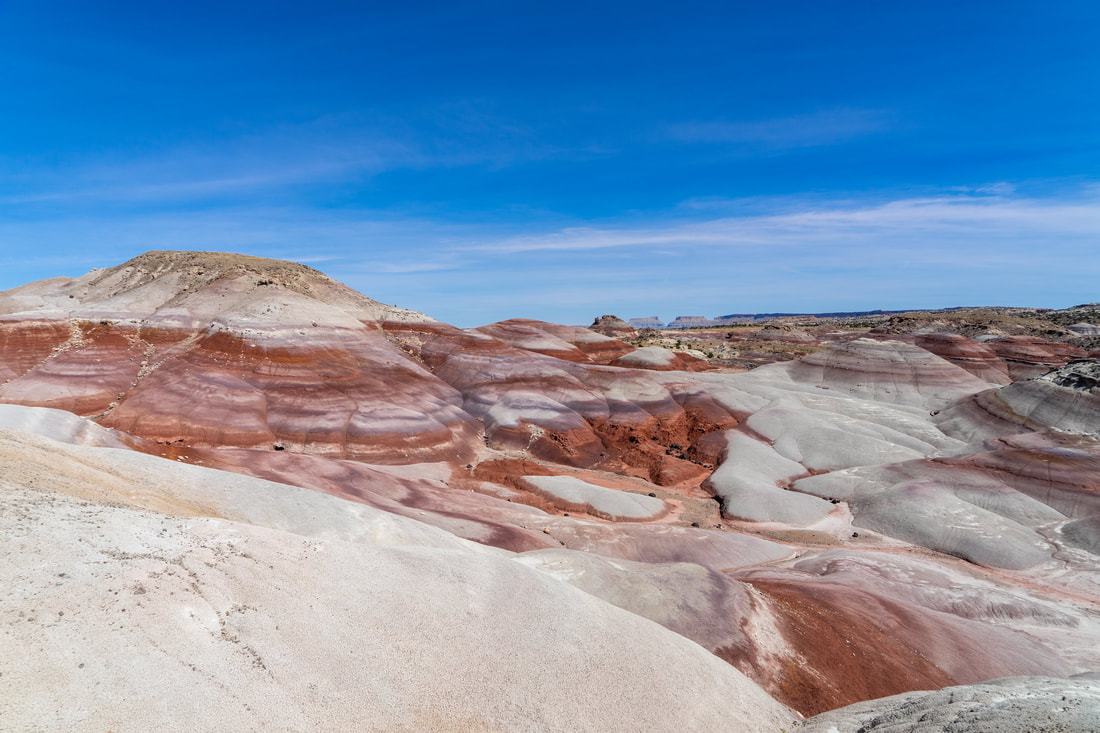
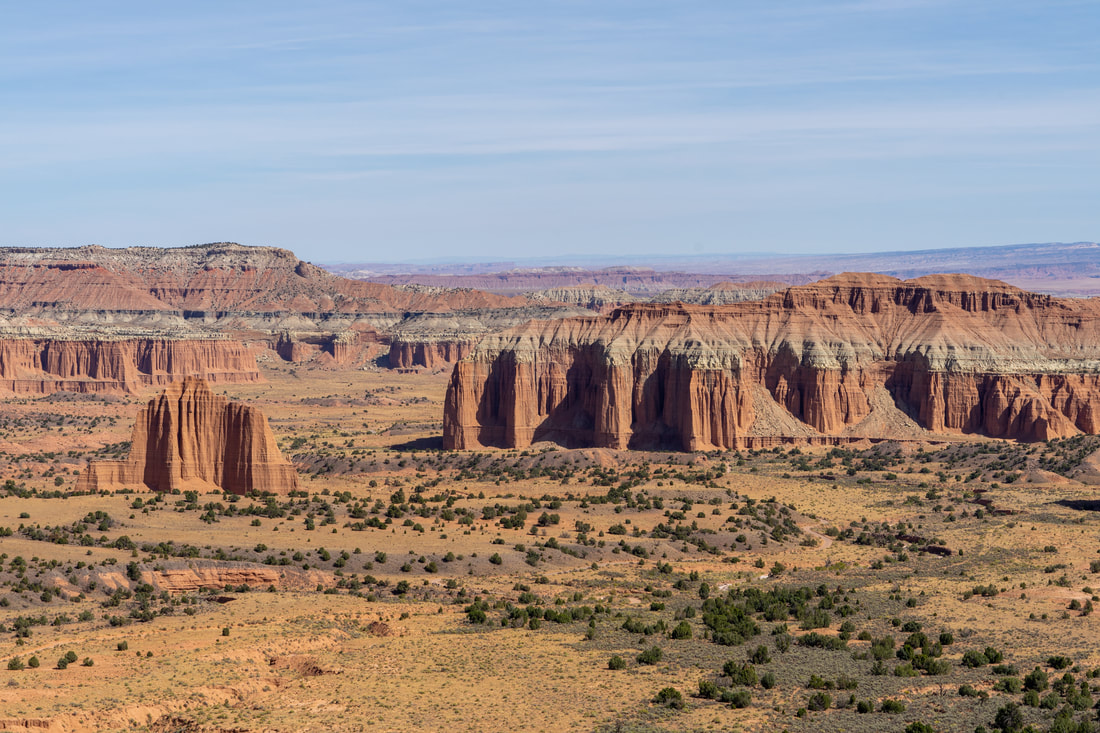
 RSS Feed
RSS Feed